I am preparing myself for ISTQB exam and I came across this question.
For the code fragment given below, which answer correctly represents minimum tests required for statement and branch coverage respectively?
Discount rate=1; Fare = 1000; If ((person == “senior citizen”) and (“travel month = January”)) Bonuspoints = 100+Bonuspoints If (class==”first”) discountRate = .5; Fare = fare * discountRate;
- a. Statement Coverage = 1, Branch Coverage = 2
- b. Statement Coverage = 2, Branch Coverage = 2
- c. Statement Coverage = 1, Branch Coverage = 3
- d. Statement Coverage = 2, Branch Coverage = 4
Answer is A
But my answer is C the reason is flowchart I draw for it given below.
Straight forward from start to end
One false for 1st 'if'
second false for 2nd 'if'
My question is:
- Should we draw an edge 'explicitly' for 'false' condition, if it is not given in question itself.
- How branch coverage is 2 here ?

